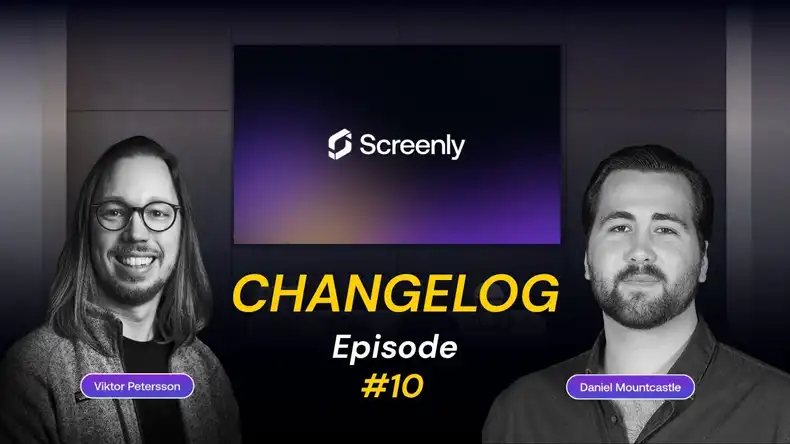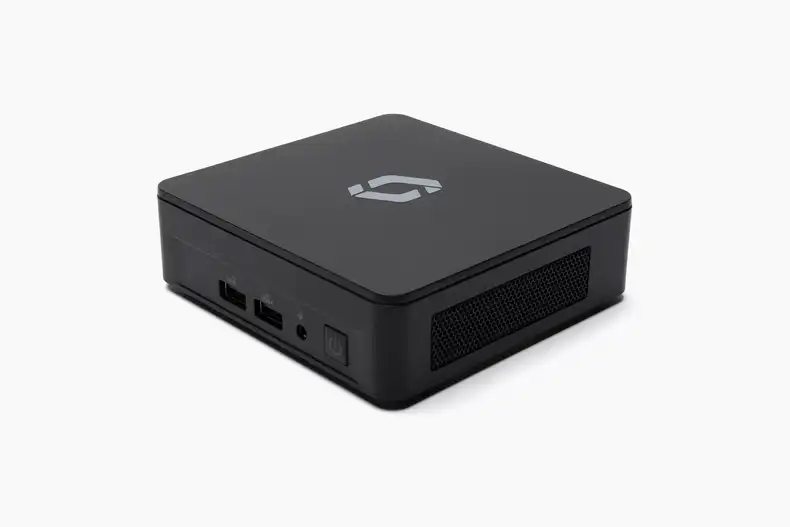Our first media player, the Screenly 1 Player, is now in end-of-life (EOL) status. This status means that we no longer provide support or maintenance for the product. We launched the Screenly 1 Player in 2013, and the product quickly became a market leader for Raspberry Pi based digital signage. In 2018, we transitioned the device to “maintenance status.” During this time, we stopped building new features for the Screenly 1 Player. However, we still provided support and fixes. A year later, in February 2019, we stopped providing maintenance of any kind for the Screenly 1 Player.
What replaces the Screenly 1 Player?
All good things come to an end, right? They are also usually replaced by something better, and this is certainly the case with our first digital signage player. The Screenly 1 Player is replaced by - you guessed it - the Screenly 2 Player.
Since the Screenly 2 Player is now the only media player we offer, we refer to this new and improved device simply as the Screenly Player. This improved digital signage player has new, reimagined software that enables users to get the most out of their Raspberry Pi digital signage.
The Screenly Player supports gapless transitions for multiple digital signage content formats. This feature means that you won’t have any unsightly pauses or black screens between different pieces of content. The Screenly Player supports image, video, and motion-graphic content in 1080p Full HD resolution.
You can display content from websites that require a username and password too. This feature is useful for displaying live dashboards for business KPIs. Keep in mind that website authentication with the Screenly Player only works for some websites, so be sure to check that this feature works with the websites that you want to display.
Another improvement is that the new Screenly Player is built using an Ubuntu Core operating system. Ubuntu Core is a stripped down version of Ubuntu, a Linux-based operating system by Canonical. This operating system is known for its secure architecture for IoT devices.
The Screenly team is continuously adding new features and capabilities to the Screenly Player. You can learn more about our recent updates in the Screenly February 2019 Newsletter.
Is the Screenly Player hardware or software?
If you’re just getting started with digital signage, you have likely noticed that there is quite a bit of industry-specific terminology. One point in this terminology that may cause some confusion is on whether the Screenly Player is a hardware or software solution.
The Screenly Player is both hardware and software. Regarding the hardware, the Screenly Player uses a Raspberry Pi system-on-a-chip (SoC). Most Screenly Players use a Raspberry Pi 3 Model B+. However, some Screenly Players use a Raspberry Pi 3 Model B. Regarding the software, Screenly provides a custom disk image for the Raspberry Pi device. This disk image contains the software that allows your hardware to process and render digital signage content.
How do I upgrade my old Screenly 1 Player?
If you’re not sure whether or not you have a Screenly 1 Player, simply navigate to the screen within your Screenly account. Screens that are using a Screenly 1 Player will display a yellow warning box at the top of the webpage. To upgrade your old Screenly 1 Player, you will need to reflash the SD card for your Raspberry Pi device with the new Screenly Player disk image. You can find this new disk image within your online Screenly account. Next, reflash the SD card with the disk image using a flashing tool such as Etcher from Balena. With that, you should now have your very own Screenly Player! If you don’t have a compatible Screenly 1 Player to update, you can purchase a Screenly Player from one of our distributors.





